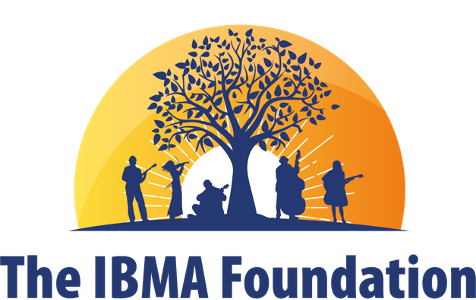By Gary B. Reid
The life of John Kaparakis was one of service to others. He proved that daily as a firefighter in Northern Virginia. He was passionate about his job. He was also passionate about bluegrass music, to which his sense of service extended as well. Renowned bass player Tom Gray knew John as “a great tenor-singing guitarist, who gave his efforts to help others succeed.” Longtime bluegrass broadcaster Katy Daley witnessed John’s devotion to the music and its makers on numerous occasions. She recalled that when “talent would come to Washington, he would find a place for them to stay in somebody’s house. He always made sure that everyone was taken care of . . . ‘Do you need a ride to get there?’ He was always accommodating everyone to make sure that bluegrass was supported.”
John’s obsession with bluegrass started in the late 1950s when he teamed up with Rick Churchill, Jack Tottle, Dick Stowe, and Jim Buchanan in a group called the Lonesome River Boys. They made one album together that was released on the New York-based Riverside label. A few years later, when the Kentucky Colonels made their first tour of the East Coast, John served as that band’s unofficial “roadie,” helping them navigate unfamiliar territory. When the Colonels returned east for an appearance at the 1973 Indian Springs Bluegrass Festival, John filled in onstage as the band’s rhythm guitarist.
The same period saw John’s guitar supporting other artists on recordings such as Kenny Baker’s A Baker’s Dozen and Dry and Dusty, Gene Parsons’ Kindling, Butch Robins’ Fragments of My Imagicnation, and Hazel Dickens’ They’ll Never Keep Us Down.
Bluegrass Unlimited magazine was launched in July of 1966 with the stated goal of being an agent for the “furtherance of bluegrass music.” John came on board a year later and collaborated with Wayne Borden to prepare the monthly personal appearance column. One can only imagine how arduous a task this must have been in the pre-internet/pre-personal-computer days. John eventually took over the sole responsibility for this column and compiled it each month until the year 2000; it was a run that lasted thirty-three years. John also contributed a number of articles to the magazine, including pieces on the Kentucky Colonels and the Bluegrass Alliance. Speaking of the Bluegrass Alliance, it was John who approached band member Sam Bush at the 1970 Camp Springs festival to persuade him to give a listen to up-and-coming guitarist Tony Rice!
Katy Daley observed that John “never ever put himself out front; he was always behind the scenes and working quietly out of the spotlight but effectively getting things done.” Sometimes John’s giving was simply a kind word here and there. Eric Gibson, of the Gibson Brothers, told of a time when his mother “went to a dinner where John was a guest. Not long after returning home, Mom received a beautiful letter penned by John in which he praised her sons. John didn’t have to do that. He did a lot of things he didn’t have to do, but we are all so grateful to have been in his midst.” Leigh Gibson was likewise awestruck and characterized John as “the kind you feel blessed to have in your life. And I do feel blessed to have known him. Always giving, always kind, he cannot be replaced.”
Although John departed this earthly life in April 2020, his spirit of giving continues. John’s love of bluegrass and the community that surrounds it inspired him to bequeath part of his estate to the IBMA, the non-profit music association that connects, educates, and empowers bluegrass professionals and enthusiasts, honoring tradition and encouraging innovation in the bluegrass community worldwide. The gift to IBMA was made through a donation of shares of stock from the Kaparakis estate to the IBMA Foundation for IBMA (the Foundation’s parent organization).
It was his final act in a lifetime of giving. Tom Gray concluded, “He set a fine example for us all to follow.”
Photo above: Roland White, Eric White, John Kaparakis, Clarence White, Indian Springs, MD, 1973


Recent Comments